What In Old Polaroid Camera Flash?
The Allure and Functionality of Old Polaroid Camera Flashes
In the age of digital photography, where high-resolution images and instant sharing have become the norm, there remains a nostalgic charm and fascination with old Polaroid cameras. These vintage devices, with their instant photo development and unique aesthetic, continue to captivate both amateur and professional photographers. One of the most intriguing aspects of these cameras is their flash mechanism. Understanding the functionality, types, and maintenance of old Polaroid camera flashes can enhance your appreciation and usage of these classic devices.
The Functionality of Polaroid Camera Flashes
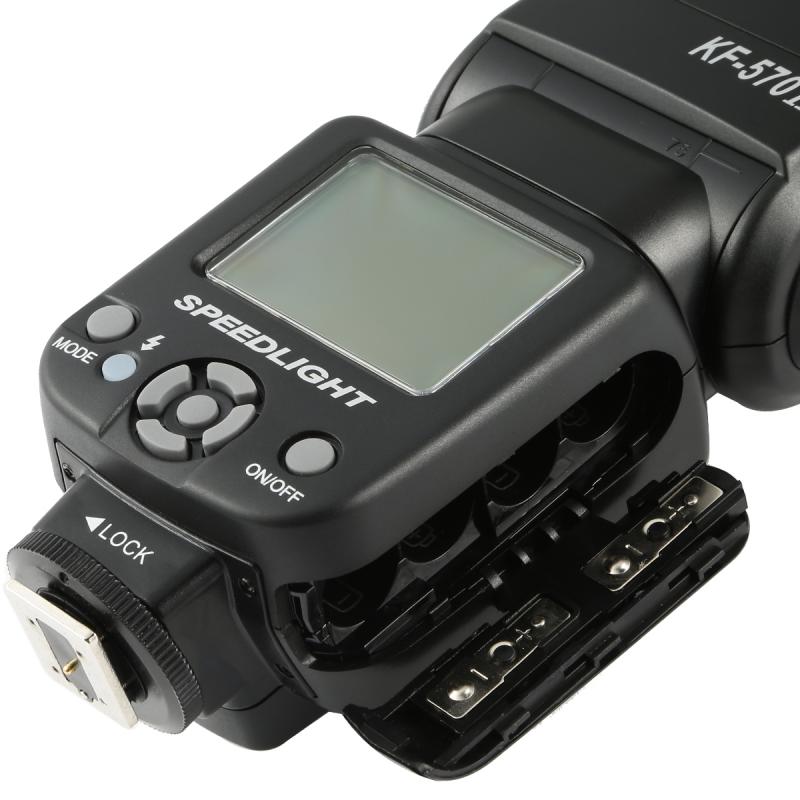
Polaroid cameras, particularly those from the mid-20th century, were designed to be user-friendly and capable of producing instant photographs. The flash mechanism in these cameras played a crucial role in ensuring that photos were well-lit and clear, even in low-light conditions. The primary function of the flash is to provide a burst of light that illuminates the subject, thereby reducing shadows and enhancing the overall quality of the photograph.
Types of Flashes in Old Polaroid Cameras
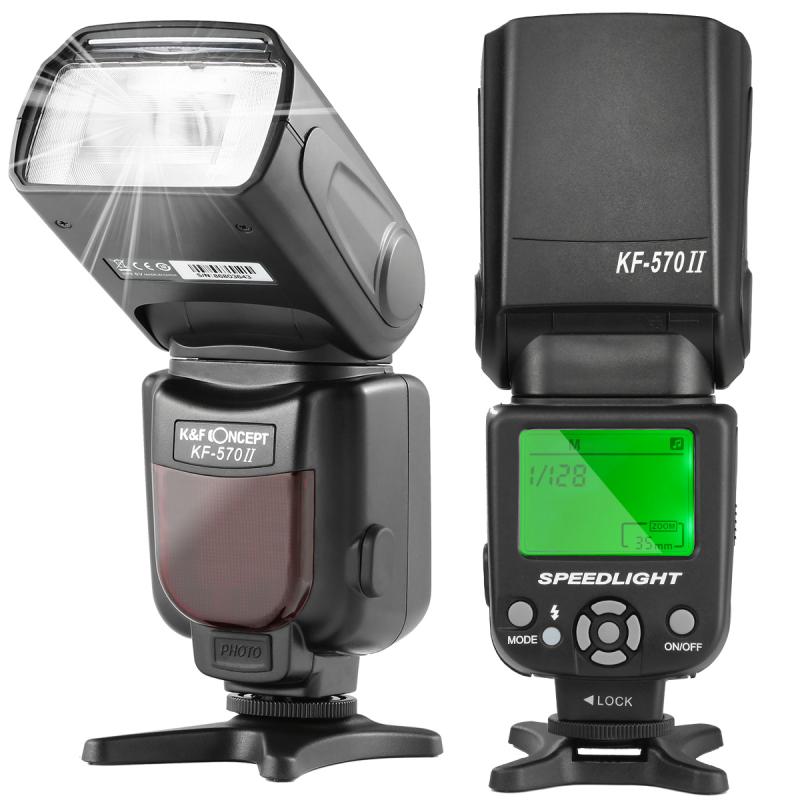
1. Built-in Flashes: Many Polaroid cameras came with built-in flashes that were integrated into the camera body. These flashes were typically powered by the camera's internal battery and were designed to be used in a variety of lighting conditions. The built-in flash was often automatic, meaning it would activate when the camera's light sensor detected insufficient ambient light.
2. Flashbars: Some older Polaroid models used flashbars, which were detachable units that contained multiple flashbulbs. Each bulb could be used only once, and the flashbar would need to be replaced after all the bulbs had been used. Flashbars were popular in the 1970s and 1980s and were known for their reliability and ease of use.
3. Electronic Flash Units: As technology advanced, Polaroid introduced electronic flash units that could be attached to the camera. These units were more sophisticated than flashbars and offered features such as adjustable flash intensity and faster recycling times. Electronic flash units were powered by their own batteries and provided more consistent lighting compared to earlier flash technologies.
Maintenance and Troubleshooting
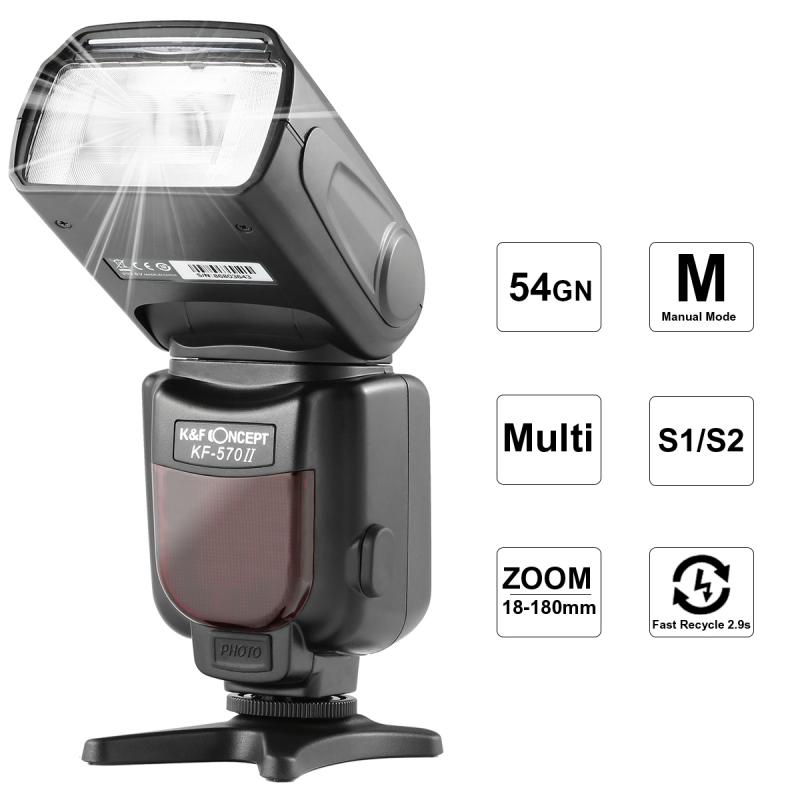
Maintaining the flash mechanism in an old Polaroid camera is essential for ensuring that it continues to function properly. Here are some tips for keeping your camera's flash in good working order:
1. Regular Cleaning: Dust and debris can accumulate on the flash unit, affecting its performance. Use a soft, dry cloth to gently clean the flash and its surrounding area. Avoid using harsh chemicals or abrasive materials that could damage the flash.
2. Battery Check: If your Polaroid camera uses a built-in flash or an electronic flash unit, ensure that the batteries are in good condition. Replace old or depleted batteries with fresh ones to maintain optimal flash performance.
3. Flashbar Replacement: For cameras that use flashbars, make sure to have a supply of replacement flashbars on hand. Check the expiration date on the flashbars, as old or expired flashbars may not function correctly.
4. Test Shots: Before using your Polaroid camera for important shots, take a few test photos to ensure that the flash is working properly. This can help you identify any issues and make necessary adjustments before capturing important moments.
Enhancing Your Photography with Polaroid Flashes
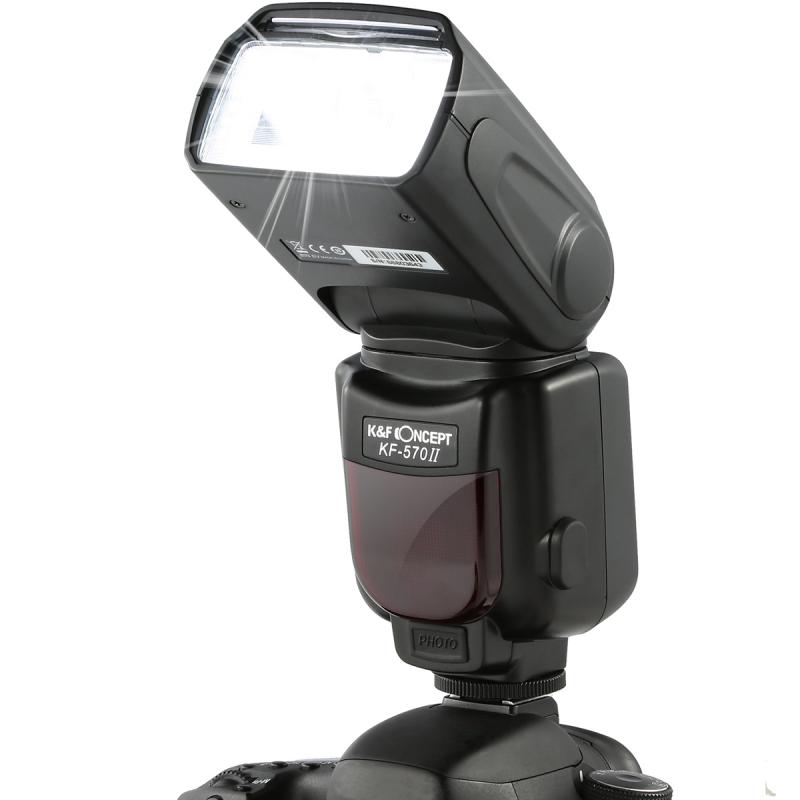
Understanding how to effectively use the flash on your old Polaroid camera can significantly improve the quality of your photographs. Here are some tips for making the most of your camera's flash:
1. Distance Matters: The effectiveness of the flash diminishes with distance. For best results, keep your subject within the recommended range specified in your camera's manual. Typically, this range is between 2 to 10 feet.
2. Avoid Red-Eye: Red-eye occurs when the flash reflects off the retina of your subject's eyes. To minimize red-eye, ask your subject to look slightly away from the camera or use a flash diffuser to soften the light.
3. Use Diffusers: Flash diffusers can help spread the light more evenly, reducing harsh shadows and creating a more natural look. You can purchase a diffuser or make one yourself using materials like tissue paper or a plastic milk jug.
4. Experiment with Angles: The angle at which you hold your camera can affect how the flash illuminates your subject. Experiment with different angles to find the most flattering lighting for your photos.
5. Combine Natural and Artificial Light: In some situations, combining natural light with the flash can create a balanced and aesthetically pleasing photograph. Use the flash to fill in shadows while relying on natural light for overall illumination.
The Nostalgia and Artistic Appeal
Beyond their functional aspects, old Polaroid camera flashes contribute to the unique aesthetic and nostalgic appeal of instant photography. The distinctive look of Polaroid photos, with their soft focus and characteristic color palette, is partly due to the specific qualities of the flash. Many photographers and artists appreciate the unpredictability and charm of Polaroid images, which stand in contrast to the precision and clarity of digital photos.
Old Polaroid cameras and their flashes offer a delightful blend of nostalgia, artistry, and functionality. By understanding the different types of flashes, maintaining your equipment, and experimenting with various techniques, you can enhance your Polaroid photography experience. Whether you're a seasoned photographer or a curious beginner, the timeless appeal of Polaroid cameras and their flashes continues to inspire creativity and capture moments in a uniquely memorable way.


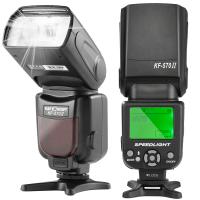
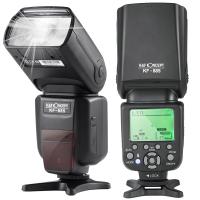





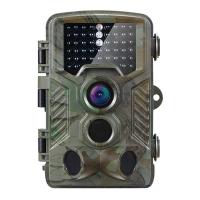

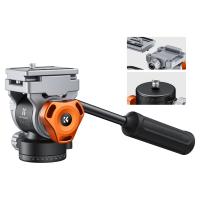

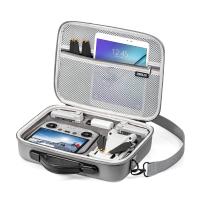




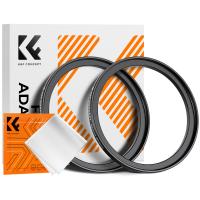

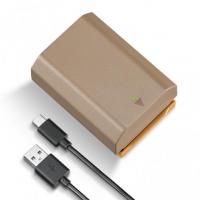



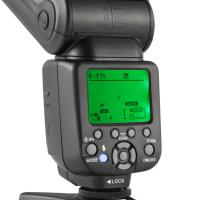



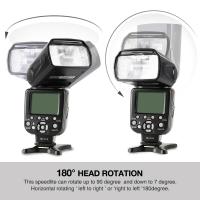

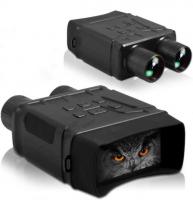
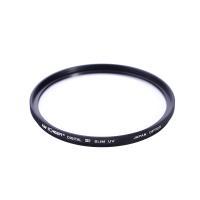
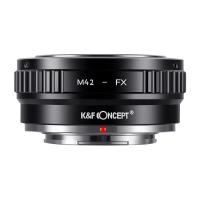







There are no comments for this blog.